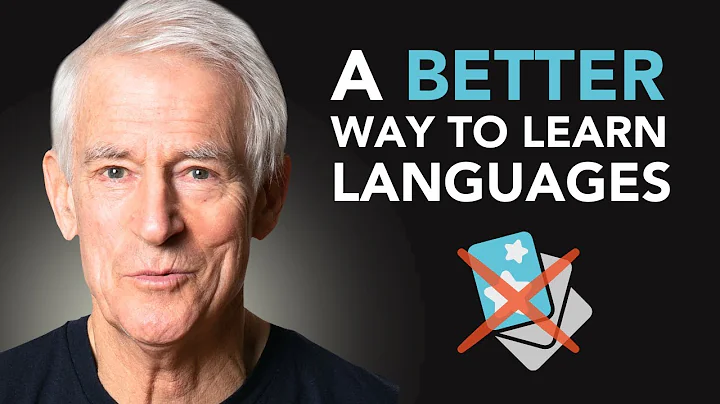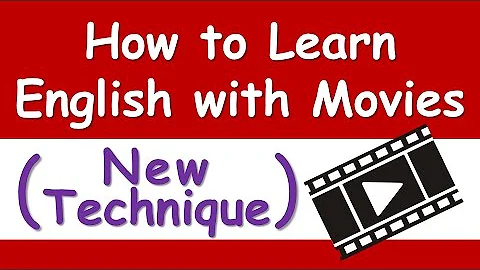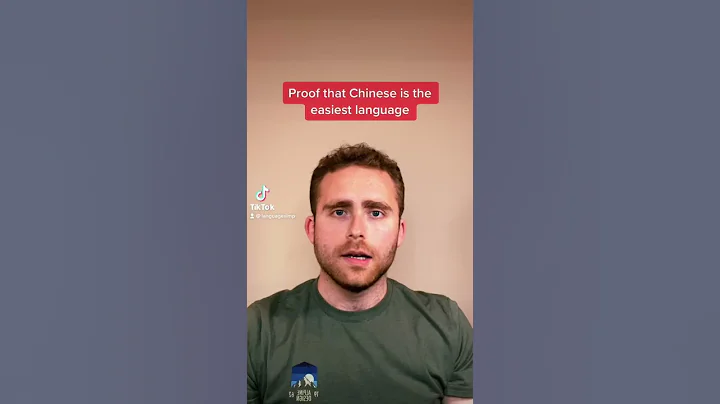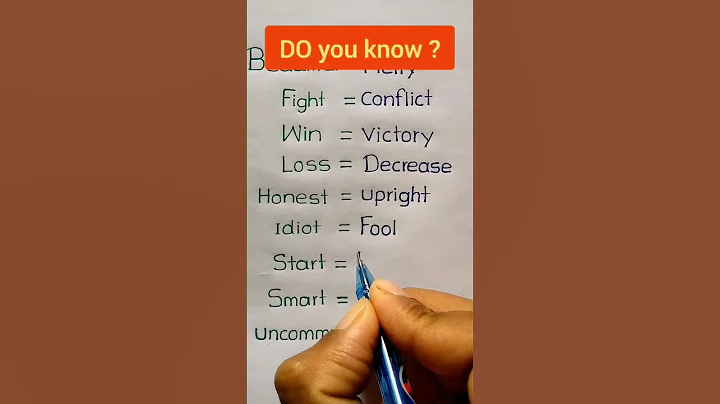Learning book dedicated to all students
6
Some people believe that academic masters rely on talent, and success depends on luck. Do you think so too?
No child does not want to become a top student or a sense of accomplishment in learning, but this is too difficult for you, so he gives up. In fact, it is very simple to learn well, but you don’t know some things.
The theme of this series is one - helps you become a master of learning .
The previous article talked about: How do people remember and learn?
This article talks about: Cornell Notes Method. This is not just a way to take notes, but also a way to learn.
1
Preface
There are countless introductions to Cornell's notes on the Internet. In this article, I do not intend to introduce this method in detail, but only through this method, some effective learning ideas are extracted.
Many students have a bad tendency, which is to pay too much attention to methods and ignore the action itself. For example, some students feel that their memory is not good, so they find many ways to remember, and then spend a lot of time practicing; some feel that their concentration is not good, and they train their concentration a lot; some feel that their notes are confused, so they find Cornell Notes, Dongda Notes, Mind Map and so on, and start to study hard and practice... These methods are of course very good, but if a person is just immersed in learning methods, it is easy to ignore a more important thing - action.
Back to our original intention, what is the purpose of learning? It serves the goal and improves learning ability. learning method will make people feel gain and satisfaction, which can easily make people stagnate or invest more and more time to study this method itself. Look, it was originally intended to improve learning efficiency, but a lot of time was spent learning methods, but the time spent on real practice and action was very little. This is putting the cart before the horse.
Although sharpening the knife does not delay the chopping of wood, it is also a big problem to just sharpen the knife but not chopping of wood.
So, although this series of articles is to help you become a master of learning through some concepts, principles and methods. But what I said doesn’t require you to waste more time. You can practice it immediately after you understand it. In fact, the gap really widened when the students saw the article - some people were still struggling with methods and wandering, some people began to test carefully and be skeptical, while others had already run wildly. Whether you know these methods is the fate between you and me, and whether you have quick action is your own practice.
I often tell students that Only you are the biggest card in your life; only you can truly determine your destiny . And I am just your learning consultant and your growth coach. I have helped you build a complete, solid and detailed learning framework, but this is just a set of scaffolding. The ultimate goal of scaffolding is to help you become the master of learning, gain the underlying ability of learning, and become the real master who can use all methods for yourself. At that time, if you learn quickly and learn well, you will get twice the result with half the effort and be at ease, you can completely remove my scaffolding.
So now, we can talk about the topic we shared today, Cornell Notes Method. Many of the details in this notation method coincide with the learning rules I shared before and are worth disassembling.
2
Cornell Notes Method
If you only summarize in one sentence: Cornell Notes Method is not only a note-taking method, but a learning idea.
Cornell notes come from the Ivy League school in the United States Cornell University , which is widely used by many famous schools and famous enterprises. It is a set of methods that conform to the laws of psychology, especially the laws of memory we have talked about before.
Before introducing this method, we can first think about what problems may exist in common notes: either missed and recorded less; or it is dense, with no details, no points, and no logic. Although there are many notes like this, they are not very useful. How to solve this problem by
Connor notes?

Cornell note-taking method is to divide the notes into three columns: 1 record bar, 2 clue bar, and 3 summary bar. The record bar is a regular note; the clue bar is to extract keywords and key points; the summary bar is to summarize one's own understanding. The core elements of
are 5R: record recording, reduce simplification, recite recitation, reflect thinking, review review. Now, I combine the content of the previous articles with Cornell's notes and talk about the key points.
record record
record is when you take notes on this. There is no need to say anything about it, just a few reminders: First, don’t do anything in detail. Some students are very diligent in listening to the class and keep writing. But if you just write down the teacher, you won’t have time to think and digest. Therefore, don’t remember every word, remember the key points and questions; second, don’t remember too much, leave some blank lines, which are suitable for checking for omissions and filling in the gaps; third, build your own symbol system, which can improve recording efficiency.
reduce simplify
censorship bar, remember subtitles and keywords. The first point is: When? It’s not in class, but immediately, immediately after class. Say important things three times.
We have talked about the previous few articles. The quick review in one or two minutes after class will be ten times better than after. Because at this time your memory is the most, and your thinking is still active. At this time, the iron is hot, the effect is best.
If you recall the classroom content, can you use a few keywords to string it into a paragraph? This is the best summary of the course. Now that we have the Cornell Notes Method, we recommend that you write down those keywords immediately after class. In this way, in the clue column on the left, a course syllabus is established, with titles and keywords here, which are the backbone and directory of the whole class. Whether
has these keywords been refined, it determines whether you have learned this lesson.
reciteReciteHyd
When we did our homework that night, we suggested that you must review first and then do your homework. Now that you have this note, all you have to do is cover all your notes and repeat today's course content based on your title index and keywords.
This process is the soul of learning: first, taking notes is from nothing to something, simplification is from more to less, and retelling now is from less to more, expanding the catalog you have refined and filling the backbone with flesh, so that the knowledge you have learned is systematic and structured, which is conducive to understanding and future recollection; second, the process you retell is the Feynman learning method, the process from input to output, and the process of deeply understanding new knowledge in your language; third, after you retell it in the way of memorizing, then compare the notes to verify your memory. You may find that there are some inconsistencies, and these inconsistencies are precisely the focus of your learning. You gave efficient feedback in this way. And this process from wrong to right can be understood deeper and remembered more firmly.
reflect thinking
thinking This part is a deep understanding and extended application of knowledge.
What you need to think about is: What is the meaning of this knowledge? What is the importance? What are the rules behind it? How to combine it with known knowledge? How to apply? What advanced knowledge is there besides it? ...These thoughts should be recorded in the summary column below.
It’s a bit difficult to think about these problems, but it’s important to do these in-depth thinking. Sometimes, learning is just a layer of window paper. After it is pierced, the subject will suddenly become clear; if it cannot be pierced, it will be difficult to learn no matter how you do it. These extended thoughts are the golden key to help you deeply understand new knowledge.So, don’t be afraid that there are only questions and no answers. It is normal to have no answers. If you have the answer yourself, you would have pierced the window paper long ago. It is precisely because you can’t find the answer yourself that you have to think about it yourself first and then ask your classmates or teachers to make progress in your studies.
The goal of pre-class preview is to discover questions, and the goal of review after class is to have new questions, and only if there are questions can you make progress.
Finally, I would like to add this sentence: These thoughts are not one-time, and can be carried out multiple times. Every time I review, see if I have any new ideas. Or, when studying other subjects, you may have new inspiration and a new understanding of this subject, and you can add it to this summary.
As for the last review review, there is no need to say more. Please refer to the Ebbinghaus Forgotten Curve mentioned before, and review it in time at several key time nodes. Even if it only takes a few minutes to read it, it will be very effective.
3
From notes to learning
The above roughly introduces the key points of Cornell's notes. Interested students can search online by themselves to learn more details. Here, we focus on extracting several key points that help improve learning ability.
Short-term memory to long-term memory
In the memory article, we did not talk about this content. The idea of Cornell's notes is to convert short-term memory into long-term memory.
The brain resources of people are limited and will not permanently store all information in the brain. This is a natural self-protection mechanism . Many memories in daily life are just short-term memories. For example, if you want to make a strange phone call, you look at the string of numbers, chant it, and then dial it out. The moment you dial the phone, you forget this string of numbers. This is short-term memory. However, there are some things that happened when you were a child that you still remember after many years, and of course it is a long memory.
Short-term memory is equivalent to computer memory, and it will be gone once the power is powered off. Long-term memory is equivalent to computer hard drive , and you can find it as long as you turn on the power supply.
When we learn, we all hope to quickly save all new knowledge into the brain hard drive like copy and paste by computers, but how to improve the storage efficiency?
first, increase the number of repetitions. Cornell's notes, which emphasizes memorization and review, is to follow the Ebbinghaus forgetting curve, and through review and sorting, the short-term memories received in the classroom are converted into long-term memories.
second, Lenovo . In the memory article, associology is the most efficient way to remember. The process of sorting out scattered content into keywords is to simplify complex information. When you retell it, you need to think about the relationship between keywords and all knowledge. In the summary and thinking session, why did you ask many divergent questions? It allows you to add connection between new knowledge and other knowledge through association, which is more conducive to memory and understanding new knowledge.
Third, break one study into multiple learning. We may think that the learning process is only once, just listening to the teacher's explanation in class. So you can only remember it desperately, for fear of losing the teacher's words. But in fact, the memory in a class is limited, and how much you can remember is also limited. The record bar is not the end of learning, but on the contrary, it is just the beginning of learning. Many of the subsequent actions, such as refining the key, summarizing, reflecting, reciting, reviewing, etc., are actually a process of re-learning. Even when you study again, you will have more ideas and ideas, and you will also solve the questions you didn’t understand at the time.
After going through these processes of removing the rough and extracting essence, removing false and retaining the truth, effective information will really enter the mind, and invalid information will also be filtered out.
Structured Memory
The soul of Cornell's notes is structural memory.
Notes are scattered memories, many and diverse knowledge points, just like many scattered pearls.You can't remember so much content at once, you need a thread to string all the pearls together, so that you have a structural memory.
The most efficient memory method is to establish a structure and highlight the essence. For example, if you are asked to go out and buy grapes, milk, potatoes, oranges, eggs, carrots, , apples, yogurt, salted duck eggs... you may only buy two or three of them. It is difficult for the human brain to remember more than 7 information at the same time. But if you use the following structural memory, it will be easier to remember them all.

If you cannot connect the knowledge you have learned, those knowledge points are a mess. You can't grasp it or take it firmly. The most important thing is that you can't remember it and can't use it. If you don't have directories, categories, and tag indexes, you won't find a useful one even if you have ten thousand knowledge files. On the contrary, if you raise the points and have a structured knowledge system, even if you only have a thousand knowledge points, you can form effective relationships and you can want wherever you want.
Cornell notes method divides the original mixed notes into three areas. The clue area and the summary area are the core. Through titles and keywords, scattered knowledge points are threaded out. The structure is clear, the layers are clear, and it is easy to remember and use.
Of course, you don’t have to limit this method. For example, the mind map introduced earlier is also a way to raise the purpose and sort out your own knowledge system.

Why are there many complex problems difficult? Because it contains many knowledge points and involves the mutual relationship between many knowledge points. If you do not establish a structured knowledge system, it is of course difficult to solve this complex problem.
So now, do you understand more why the golden two-minute review after class is worth the next hour of review? Because after class is the peak of memory, a lot of knowledge is in short-term memory. You use titles and keywords to quickly classify these knowledge points, and store them in categories, so that you can recall them quickly and accurately during review.
From input to output
Before we said that there are three links to learning: input, processing, and output.
Listen to the teacher and attending cram school, they are all passively absorbed and have no active output. If you don’t output, you won’t know how you have learned and whether you have ever had any brains. If you want to improve the learning effect, you must process it in depth and output it actively.
Cornell Notes Method, seems to be an input method, teaches you how to take notes. But in essence, it is a learning method, and its core is processing and output. The clue area is the first processing of notes. The time point is two golden minutes after class. The key is fast, simple, structured . In this way, the scattered knowledge recorded in class becomes a systematic one; the summary area is the second processing of learning, and the time is reviewed on the same day, and the key is to be in-depth and comprehensive. This summary is your own experience. There is no standard answer. As long as you think actively, you will gain something.
With these two processing times, I suggest that you, end a month or one chapter, use the form of a mind map to produce a system output, and present a certain knowledge learned during this period in a picture. In this way, from brain map , to directories, to details, and layer by layer, your mastery of this knowledge will have both a macro perspective and micro details.
If you want to truly learn a certain knowledge, there is only one way, which is to pass the knowledge through your body. Therefore, it is not very useful to borrow other people’s notes to read, and it is useless to read with mind maps. Only by repeating it yourself and outputting it, and seeing how much you understand, how much you fall, and how much you get it wrong can you truly know whether you understand it or not.
Whether it is Cornell's notes or mind maps, they are actually just form. In essence, they will help you to quickly recall, review in time, organize actively, and output carefully after each study. Without this process, no matter how many cram schools you attend, how many sets of papers you have taken, or how many difficult questions you have done, it will be useless and it will be difficult to improve your grades.
It doesn’t matter how much you record the notes, but how much you convert it into your mind is the key. The process of learning and reading should be like this:
from less to more, from more to less .From less to more, the more you learn, the more you learn, and the more you learn; from more to less, the less you learn, the less you learn, the more you learn, the more you become old knowledge, the knowledge becomes a directory, the directory becomes a framework, and the framework finally becomes an overview picture. No matter what method, it will help you complete the process from less to more, and then from more to less.
So, simply summarize the Cornell note method . core point is 5R. The core of the core is to pull the outline and summarize and review . The process of learning
is a process from not understanding to understanding, from unfamiliar to familiarity, so it is bound to require a lot of repetition and continuous strengthening. But be sure to avoid inefficient repetition. What is an inefficient repetition? I listened to the teacher repeatedly in the cram school, and repeated writing questions without key points, and repeated reading books without goals. These are all inefficient repetitions. Because they are all passive, blind, and mechanical repetitions, the time and effort it took to be minimal.
What is a valid duplication? Take Cornell's notes as an example. The first time, when reviewing before homework, cover the notes and just recall the notes through the title catalog and keywords. Then compare the notes, what are right and what are wrong? If there are any wrong things, you can read notes, books, and reference materials. This process is to actively recall; the second time, I did my homework and found many problems, some did wrong things, and some couldn’t do it. At this time, compare the notes and write down new keywords and ideas that you can solve. If you can't solve them, you can ask your classmates or teachers. This process is to take the initiative to think; the third time is to find time to do special reviews on the weekend, review the key points, difficulties and homework wrong questions, organize wrong questions or rework wrong questions, and delete what you know. Write down what you don't know, then do in-depth thinking and analysis, and then solve them by looking for information or teachers; the fourth time is to do a systematic review, draw a mind map, and talk about mind maps. If you find any questions and weaknesses, you must figure it out again...
Have you noticed that these four reinforcements are not simple repetitions. You will first take the initiative to think, then discover the weaknesses, and then focus on overcoming the weaknesses. Every time you read a book, you don’t read it one by one from beginning to end, but focus on the unfamiliar and uncomprehensible; every time you listen to a class, you don’t listen passively, but ask questions with questions; every time you practice questions, you don’t waste time where you know, but focus on breakthroughs. Only by repeating it like this can you make progress every time, with fewer questions and more knowledge.
Still the same thing, Diligence is just a necessary condition for success. Only with smart and diligence can we truly see the effect .
I have met many classmates. It’s not that they are not diligent, but that they are performing diligently and using diligence as an excuse for their own grades to not be able to improve: You see, it’s not that I don’t want to learn well, I am so diligent, what else can I say? What I want to tell you is that only mental hard work can be truly diligent ; only by letting your diligence bring results can you live up to these efforts and will you really leave no regrets.
Just like Hu Shi said: What is the truth that is endless, and there is an inch of joy in every inch.
Progress a little bit every day, and life brings great changes.

The students who can see this will become masters in the future regardless of their current grades. First of all, it's because you're patient and resilient enough. Boring long articles are not as interesting as short videos in games. But isn’t this what life is like? Those who can find fun in game in real life are real people. If you not only see this, but are also very excited and excited, and from now on, you are determined to become a master of learning, then congratulations, you will sooner or later become a real master of learning.
Heaven only saves those who are destined to be destined to be destined to be destined to be destined to be destined to be destined to be destined to be destined to be destined to be destined to be destined to be destined to be destined to be destined to be destined to be destined to be destined to be destined to be destined to be destined to be destined to be destined to be destined to be destined to be destined to be destined to be destined to be destined to be destined to be destined to be destined to be destined to be destined to be destined to be destined to be destined to be destined to be destined to be destined toGod only helps those who help themselves, no one can help you. Only you are the biggest card in your life card game. If you want to win this game of life, start by believing in yourself.
This article is here first. See you next article, classmates.
Beishan Reading











